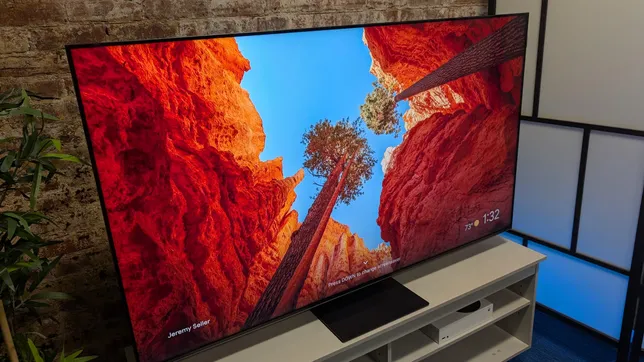Google TV’s Expanding Reach Comes With Rising Costs and Mounting Revenue Pressures
Google TV may be everywhere, but the company is quietly questioning whether it can afford to keep funding a platform that still isn’t paying off.

Google’s decade-long push into the living room may be entering a new chapter — or a quiet retreat. Despite the platform’s wide footprint, sources say Google TV is struggling to turn growth into profits, leading to internal debates about how much longer the company can justify the cost of competing in the smart TV space.
Last year, Google abruptly changed its ad revenue model for video publishers on the platform. Instead of claiming a slice of their ad inventory, Google is now simply taking a cut of revenue. The reason? By the company’s own actions, it admitted third-party publishers are better at selling those ads than Google itself.
It’s a striking move for a company that generates over $250 billion annually in advertising.
A costly platform with fading leverage
Google TV — born from the 2014 launch of Android TV and revamped under the Google TV banner in 2020 — now powers an estimated 300 million monthly active devices. Much of that reach is international, and a sizable portion operates under the operator tier model, where pay TV partners heavily customize the software, leaving Google little room for monetization.
North America is where the money is. That’s why Google forged deals with Sony, TCL, and Hisense to ensure its software ran on premium TV sets. But those partnerships aren’t cheap. In the retail world, keeping shelf space means paying “bounties” — incentives that can reach up to $50 per activated TV, especially when competing with aggressive players like Amazon.
In one telling example, Amazon edged Google out of Costco by striking a deal with Hisense to load Fire TV instead of Google TV on its sets. Sources say Amazon paid handsomely to make that happen, leaving Google to decide whether it wants to match that level of spending — or pull back.
YouTube’s dominance weakens the case for Google TV
Complicating the picture is the runaway success of YouTube on smart TVs. In May, YouTube accounted for 12.5% of all U.S. TV viewing — and 25% of all streaming. With nearly $10 billion in ad revenue last quarter alone, the video platform has become the crown jewel of Google’s living room strategy.
Internally, some YouTube leaders reportedly see little value in the continued investment in Google TV, suggesting the company would be better off reallocating those funds to further expand YouTube’s dominance.
And they may have a point. YouTube is now so essential that TV makers can’t afford not to carry it, giving Google leverage even without owning the platform underneath. That undermines one of the original justifications for building Google TV in the first place.
Budget cuts and shifting priorities
Google TV hasn’t been immune to broader cost-cutting across Google’s Devices and Services division. But insiders say the real shift is more strategic than operational: executives are growing wary of signing long-term commercial agreements that lock Google into hefty bounty payments.
Instead, the company is seeking shorter-term deals — a move that suggests flexibility, but also signals potential retreat.
While Google hasn’t announced any change in direction, the writing may be on the wall. If Google TV becomes too expensive to defend — and YouTube keeps thriving without it — Google could eventually scale back its ambitions. The model could start to resemble Apple’s approach: a sleek but secondary play in the living room, never quite meant to lead.
In a comment, Google TV head Shalini Govil-Pai defended the platform, highlighting its reach and user satisfaction. But she stopped short of addressing its profitability or future investment levels.
For now, Google TV remains on the screen. But its future may hinge less on its users and more on internal cost-benefit math — and whether YouTube’s gravity pulls too strongly to ignore.
Go to TECHTRENDSKE.co.ke for more tech and business news from the African continent.
Follow us on WhatsApp, Telegram, Twitter, and Facebook, or subscribe to our weekly newsletter to ensure you don’t miss out on any future updates. Send tips to editorial@techtrendsmedia.co.ke



